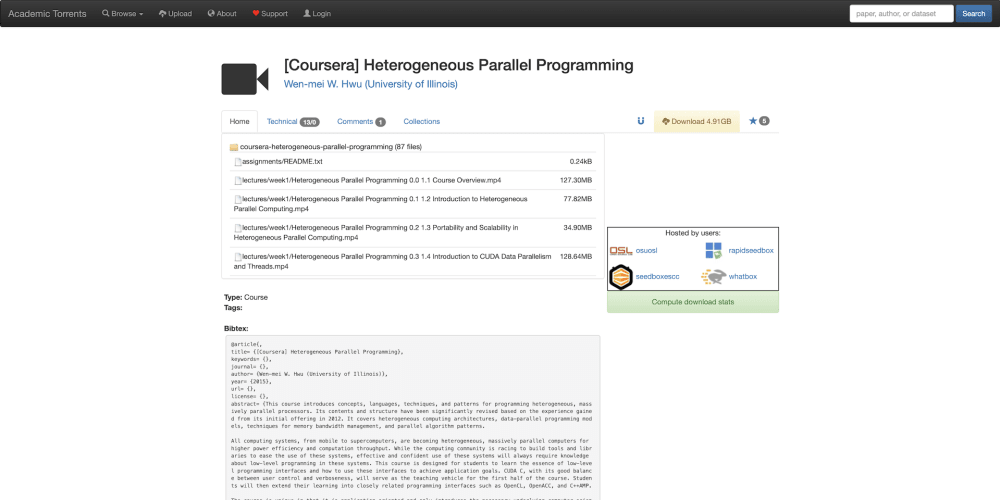The Trick I Am About To Tell You, will literally solve almost every problem you face in development.
I am using this trick in each problem i am facing. Trust me this works wonder.
This trick will give you extra edge over other so read this carefully!
At the beginning of 2024, I was trying to transfer data from my website to AWS.
It was the first time I encountered CORS. I thought to myself, "Meh, this will probably take me a few minutes."
But oh boy, I was so wrong!
This line "access-control-allow-origin" still gives me nightmares.
I don’t know about you, but personally, I hate CORS. My brain just can’t handle it — it’s too much for me.
So, like all developers, I searched for a solution. But my problem seemed unique, like no one had addressed it on the internet. No amount of tutorials, Stack Overflow threads, or blog posts seemed to help.
It was frustrating, to say the least. I spent literally days trying to solve this stupid CORS problem.
But then, I took a step back and tried to relax. I thought to myself, How am I going to solve this problem?
That’s when I stumbled upon this trick!
The trick? Embrace systematic, iterative problem-solving. Sounds simple, right? But it’s incredibly effective.
Here’s how it works:
Clearly define the problem. Write it down and be as specific as possible. The more detailed, the better. This step is crucial because a well-defined problem is halfway solved.
Make an educated guess about the root cause. What’s the most likely reason you’re facing this issue? Don’t overthink it—go with your gut. Remember, it’s just a hypothesis.
Test your hypothesis. Implement a solution based on your guess and observe the results. If it works, great! If not, move on to the next possible cause.
Seek out targeted information. If you don’t have the necessary knowledge to solve the issue, look it up—but be laser-focused. Don’t waste time reading irrelevant content.
Repeat the process. Keep testing and refining your approach until you solve the problem.
Lets take an example, Lets say your webpage is loading slowly, you could guess that the following things might be contributing to the issue:
- The page is loading too many large images or videos, causing a delay in rendering.
- Your CSS and JavaScript files are not minified, leading to longer download and processing times.
- There are too many HTTP requests being made for different resources, increasing the load time.
- The server response time is slow, possibly due to poor backend performance or a lack of caching mechanisms
We’ve already stated the problem, so that’s a good start.
Our initial tests show that the page is indeed loading slowly, and any of the factors mentioned could be contributing to this issue, so we have no choice but to test them all.
Brute force it is.
We therefore start at the top: large media files could be the issue. We specifically seek out techniques to optimize images and videos for the web, like compressing images or using lazy loading. We implement these changes and observe the results. If the page still loads slowly, then it’s on to the next thing.
We know very little about minifying files, so we spend some time researching tools and methods to minify our CSS and JavaScript files. After finding the right tools, we minify our files and deploy the changes. We observe the results, and if the problem persists, we move on to the next potential cause.
Next, we investigate the number of HTTP requests. We look for ways to combine files, use sprites, or implement HTTP/2 to reduce the number of requests. We apply these optimizations and monitor the loading speed.
If server response time is suspected, we might examine the backend, implement caching strategies, or optimize database queries. We make these changes and check the impact on loading time.
By systematically addressing each potential issue, we gradually improve the page’s loading speed. If it still doesn’t reach the desired performance, we continue the process by revisiting each factor and making further refinements until the problem is fully resolved.
To summarize, this is how you solve problems:
Isolate the problem.
Guess the root cause of the problem.
Address each root cause in turn.
Acquire any new skills needed to solve those specific problems.
**
But here’s the catch: this approach needs practice. You’ll probably scroll past this after reading it, instead of actually implementing it. I recommend you either write it down on your computer or save this post.**
This Trick saved me countless hours and headaches. It’s the difference between floundering in a sea of information and making steady, measurable progress.
And the best part? It’s applicable to almost any problem in development—whether you’re debugging code, optimizing performance, or designing a new feature.
Since adopting this method, my productivity has skyrocketed. I’m solving problems faster and with more confidence than ever before.
It’s like having a superpower that puts you ahead of the curve, giving you that extra edge.
So, the next time you’re stuck, don’t panic. Instead, systematically break down the problem, hypothesize, test, and iterate. You’ll be amazed at how quickly you start crushing those roadblocks.
Now, get out there and start applying this trick. I guarantee it’ll change the way you approach development challenges.
In Next Few Days, I will be sharing quality post just like this, so dont miss out




















